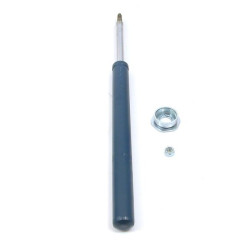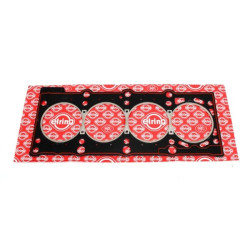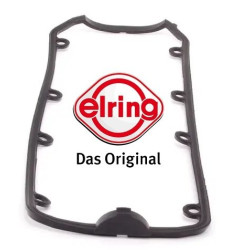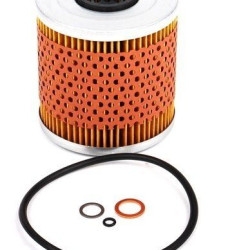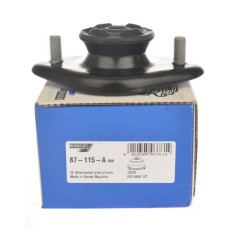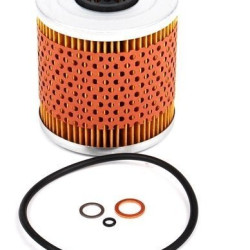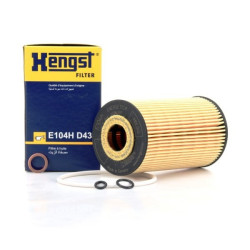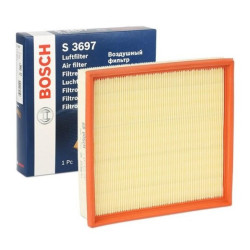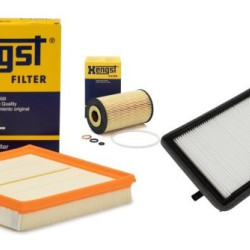Bmw 318i Spare Parts
Bmw 318i Series Spare Parts and maintenance products can be selected to access detailed technical data and the 3 Series spare parts you are looking for.
BMW 318i Model and Features: Historical Development and Name Changes from the First Model to Present
The BMW 318i is a model that has held an important place in BMW's 3 Series family for many years. A popular choice in the compact luxury car segment, the BMW 318i stands out with its high performance and stylish design. In this article, we will examine the historical development of the BMW 318i model, the years it was referred to by which chassis codes, and the key features of the model.
Historical Development of the BMW 318i
The BMW 318i was first introduced in the early 1980s and has continued to evolve over many generations since then. The BMW 318i is a reflection of the brand's continuous innovations in engineering and design.
First Generation (E21) - 1975-1983
- Introduction: The BMW 318i was introduced in 1975 with the E21 chassis code. The 318i was launched as an important member of BMW's 3 Series family with the E21 chassis.
- Engine: The first BMW 318i model was equipped with a 1.8-liter four-cylinder engine. This engine produced 105 horsepower and offered quite impressive performance by the standards of the time.
- Design: The E21 318i had an elegant appearance that carried BMW's classic long hood and short rear design. The vehicle was launched with a style that reflected the brand's sporty spirit.
- Features: Rear-wheel drive, manual transmission, and mechanical injection system were among the notable features of this model.
Second Generation (E30) - 1982-1994
- Development: In 1982, the BMW 318i was renewed with the E30 chassis code. The E30 generation is a globally recognized and beloved chassis code for BMW.
- Engine: The E30 318i was offered with a 1.8-liter four-cylinder engine. In this generation, engine technology and fuel injection systems were further developed to enhance performance.
- Design: The E30 had sharper lines and a sporty stance. This generation reinforced BMW's success in the compact class.
- Features: Features such as ABS, hydraulic steering, and improved suspension systems stood out in this generation.
Third Generation (E36) - 1990-2000
- Development: In 1990, BMW reintroduced the 318i model with the E36 chassis code. This generation represents the period when BMW transitioned to a more modern design language.
- Engine: The E36 318i was offered with a 1.8-liter engine. In 1993, a 1.9-liter engine option was introduced, increasing power to 118 horsepower.
- Design: The E36 was notable for its rounded lines and aerodynamic structure. This generation had a design that combined BMW's sporty and luxurious understanding.
- Features: Dual-zone climate control, power windows, and airbags became standard equipment.
Fourth Generation (E46) - 1998-2006
- Development: The BMW 318i was once again renewed in 1998 with the E46 chassis code. This generation represents a period when BMW achieved great success in the global market.
- Engine: The E46 318i was introduced with a 1.9-liter four-cylinder engine. Later, a 2.0-liter engine option was added, increasing power to 143 horsepower.
- Design: The E46 is recognized for its rounded lines and large kidney grille. This generation fully reflected BMW's modern design language.
- Features: Dynamic Stability Control (DSC), multiple airbags, and advanced infotainment systems were among the notable innovations in this generation.
Fifth Generation (E90) - 2005-2013
- Development: In 2005, BMW introduced the new 318i model with the E90 chassis code. This generation represents a period when technological advancements and environmental awareness came to the forefront.
- Engine: The E90 318i was offered with a 2.0-liter four-cylinder engine producing 143 horsepower.
- Design: The E90 had sharper lines and an aggressive stance. This design was based on an understanding that emphasized BMW's sporty character.
- Features: EfficientDynamics technology stood out as an important innovation that increased fuel efficiency in this generation. Additionally, advanced safety systems and luxury interior features became standard.
Sixth Generation (F30) - 2012-2019
- Development: In 2012, BMW introduced the new 318i model with the F30 chassis code. This generation included the latest innovations in BMW's engineering and design.
- Engine: The F30 318i was offered with a turbocharged 1.5-liter three-cylinder engine producing 136 horsepower and providing lower fuel consumption.
- Design: The F30 had sharper lines and a modern stance. This generation showed that BMW focused on aerodynamic structure and high performance.
- Features: The iDrive infotainment system, LED headlights, adaptive suspension, and advanced driving assistants became standard in this generation.
Seventh Generation (G20) - 2019-Present
- Development: In 2019, BMW launched the 318i model with the G20 chassis code. This generation includes BMW's latest technologies and innovations in sustainability.
- Engine: The G20 318i is equipped with a 1.5-liter turbocharged three-cylinder engine, offering 136 horsepower.
- Design: The G20 is equipped with modern innovations such as a digital instrument panel, a large infotainment screen, and autonomous driving features.
- Sustainability: BMW has taken significant steps in sustainability by using eco-friendly materials and production techniques in the G20 generation.
Conclusion
The BMW 318i has undergone significant evolution since its introduction in 1975 and has continued to develop with each generation. Continuously renewed with different chassis codes and engine options, this model showcases BMW's success in engineering and design. The historical development of the BMW 318i is a story that successfully reflects the brand's philosophy of producing luxury and performance-oriented vehicles.
 Türkçe
Türkçe
 English
English
 Русский
Русский


